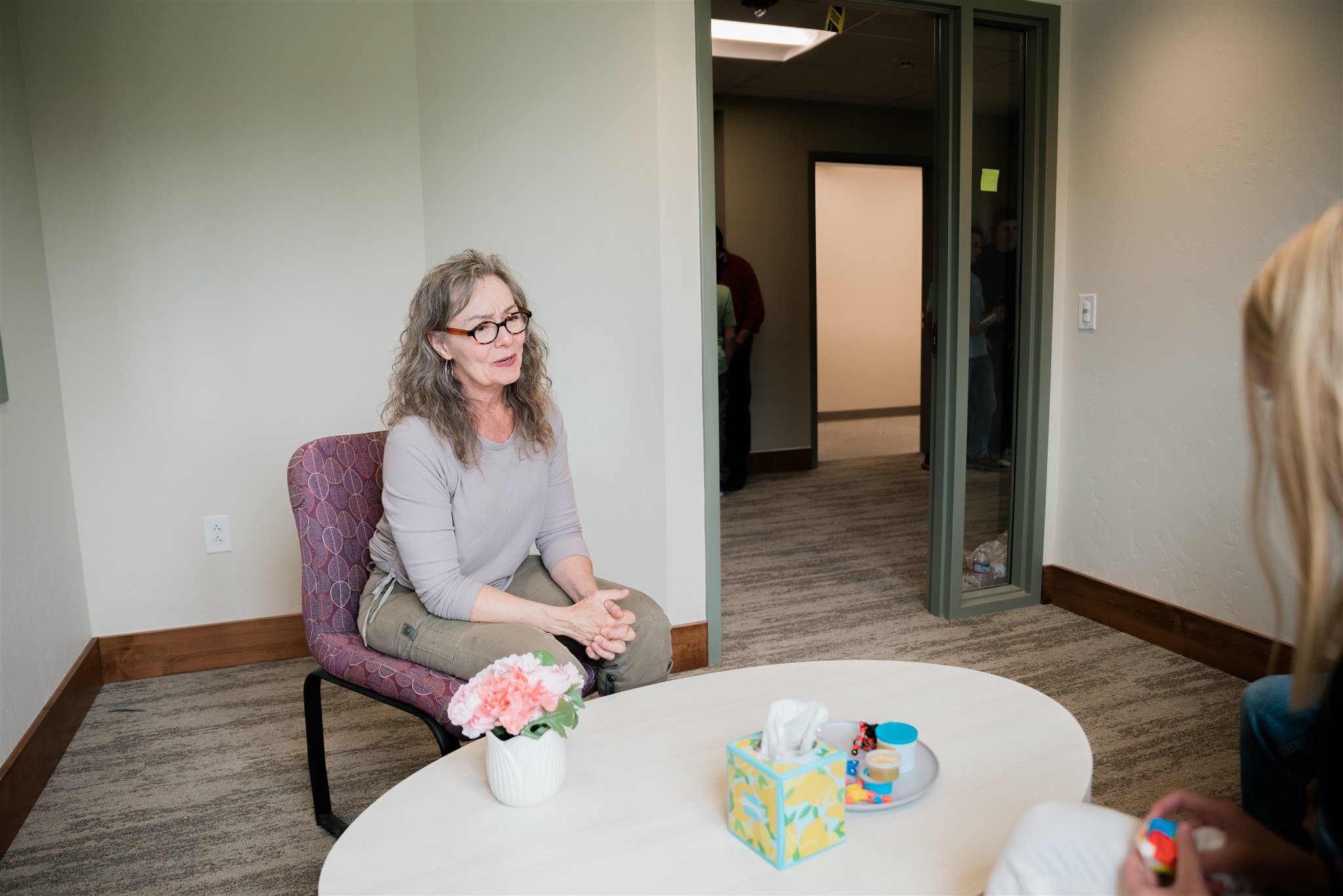Idaho Youth Ranch
Subscribe to our blog
The field of cognitive-behavioral therapy (CBT) is a dynamic and evolving landscape, offering a rich array of techniques and strategies for mental health professionals. As masters-level counselors and therapists, you are no strangers to the transformative power of CBT. This blog aims to delve deeper into the nuances of CBT, providing advanced techniques and tips to further enhance your mastery of this therapeutic approach.
I. Understanding the Core Principles of CBT
-
The Cognitive Model: The cognitive model posits that our thoughts, feelings, and behaviors are interconnected. A change in one aspect can influence the others. For instance, challenging a client’s negative self-perception can lead to positive changes in their emotions and behaviors.
-
Collaborative Empiricism: This principle emphasizes the therapeutic alliance, where the therapist and client work together to identify and challenge maladaptive thoughts and behaviors.
II. Advanced Techniques in CBT
-
Socratic Questioning: An essential tool in the CBT toolkit, Socratic questioning encourages clients to examine their thoughts critically. It involves asking open-ended questions to help clients discover their cognitive distortions and develop more adaptive thought patterns.
-
Behavioral Experiments: These are planned experiential activities designed to test the validity of a client’s beliefs. For example, a client who fears social rejection might be encouraged to initiate a conversation with a stranger, providing empirical evidence to challenge their fear.
-
Imagery-Based Techniques: Imagery can be a powerful tool in CBT, especially for clients who struggle with verbalizing their thoughts and feelings. Techniques such as guided imagery and imaginal exposure can help clients confront and manage distressing thoughts or memories.
III. Tips for Mastering CBT
-
Continuous Learning: The field of CBT is continually evolving, with new research and techniques emerging regularly. Staying abreast of the latest developments through continued education and training is crucial for mastery.
-
Supervision and Peer Consultation: Regular supervision and consultation with peers can provide valuable insights and feedback, enhancing your therapeutic skills and preventing burnout.
-
Self-Reflection: Practicing self-reflection can help you identify any biases or blind spots in your therapeutic approach, fostering personal growth and professional development.
IV. Case Study: Implementing Advanced CBT Techniques
Consider a client, Jane, who struggles with social anxiety. Jane holds a core belief that she is uninteresting, leading to avoidance of social situations. Here’s how advanced CBT techniques could be applied:
-
Socratic Questioning: “What evidence supports your belief that you’re uninteresting? Can you think of instances where people showed interest in what you had to say?”
-
Behavioral Experiment: Encourage Jane to join a social gathering and engage in conversation, noting any positive responses she receives.
-
Imagery-Based Technique: Guide Jane through a visualization where she successfully navigates a social situation, reinforcing positive outcomes.
Mastering CBT is a journey of continuous learning, self-reflection, and practical application. By understanding the core principles of CBT and implementing advanced techniques, you can enhance your therapeutic efficacy and profoundly impact the lives of your clients. Remember, the journey to mastery is not a destination, but a path of ongoing growth and development.




%2c%20equips%20individuals%20with%20skills%20to%20navigate%20relationships%20and%20social%20situations%20effectively.jpg)
Leave a Comment